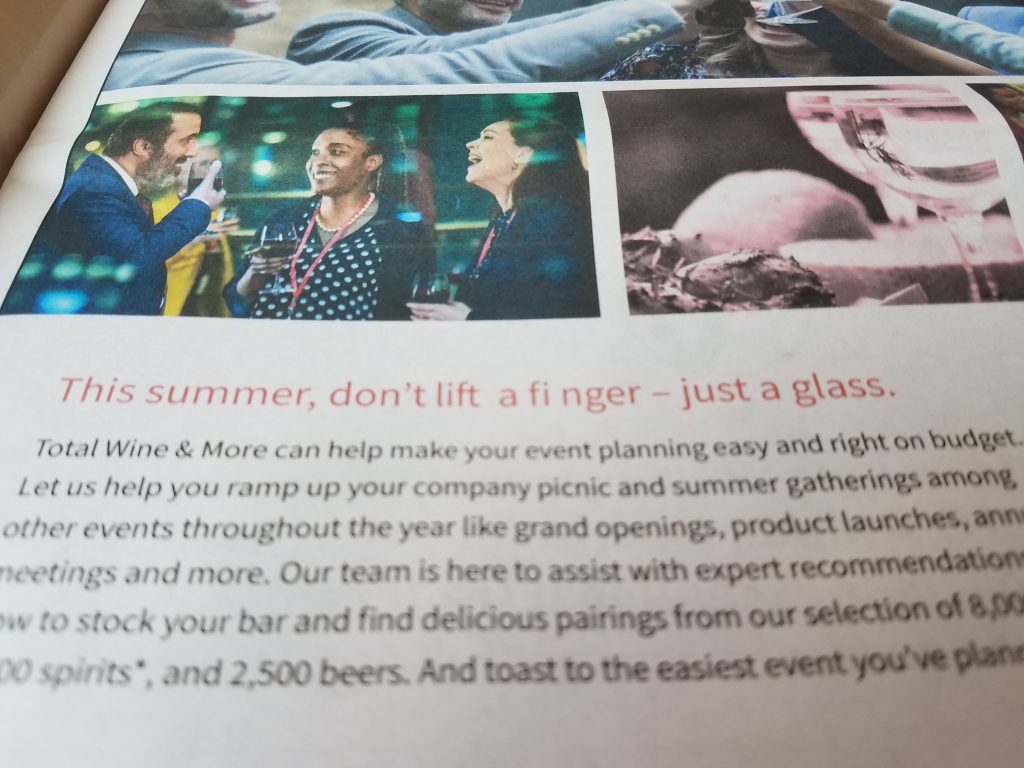Not just what you say, but how you say it
Recently, I came across this article on ThriveGlobal: “3 Communication Mistakes that Lead to a Toxic-feeling Workplace.” The article addresses interpersonal communications, but I think the first mistake, not paying attention to how your message is being received, applies to all communications. This is what the article says:
Not being mindful of how your words land
A large portion of what we say stems from how we read the present situation, and our sense of self-awareness plays a vital role in our everyday conversations. According to a recent study conducted by a group of psychologists at the University of California, Davis, many people don’t realize they’re being rude when they’re perceived as such, suggesting blind spots in our self-insight that can prompt miscommunications at work. The study’s findings highlight the importance of listening to yourself when you’re talking to others. If you hear what you’re saying and think you might be offended if someone said the same to you, it’s worth rephrasing and communicating your point differently.
Because it’s not just what you say, but how you say it.
I am sure we all have experienced people saying things to us in an awkward or rude way that made us feel not so great. We may have gotten angry or offended. And I think that what these people say is not the problem so much as how they say it. Yes, it comes down to how you present something.
This applies to all communication
When writing marketing materials, you are concerned with the words you choose, the messages you deliver. But you should also be concerned with tone and presentation. How is your message coming across? What kind of emotions are you engendering?
How is your messaging “landing?”
If you want your message to resonate with your audience, you must assess how you are coming across, and be careful in how you are saying what you are communicating.
4 items to consider before you write your next marketing piece:
1) Humor needs context and sometimes, tone of voice: Avoid inside jokes or weird humor unless you know the audience will absolutely get it. Remember that humor is hard to express in a written format.
2) Mind your sarcasm: Ask yourself if you are being flippant or sarcastic, and remember that tone of voice is not easily conveyed in written materials. Also, some people don’t understand sarcasm, and may take it literally.
3) Mind your manners: I heard somewhere that having manners is about putting others at ease. When you follow conventions, people know what to expect. So ask yourself if your communication is being rude or abrupt.
4) Be empathetic: Ask yourself if how and what you are saying could be causing negative emotions (anger, frustration, embarrassment) in your audience. For example, perhaps you are trying to berate your audience for missing a deadline. Most likely, berating your audience will cause embarrassment or even anger.
Thinking carefully about how you say and present your message will lead to better communications.
About Deborah Brody
Deborah Brody writes and edits anything related to marketing communications. Most blog posts are written under the influence of caffeine.









